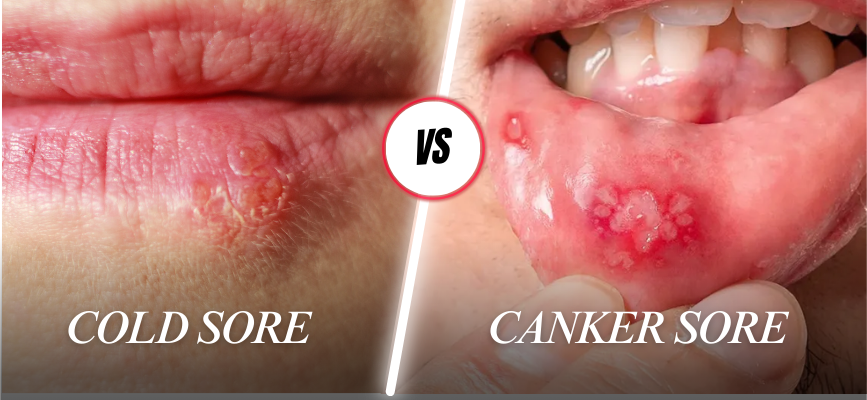
When it comes to oral discomfort, two common culprits are cold sores and canker sores. While they may sound similar, these conditions differ in causes, symptoms, and treatments. Understanding these differences can help you manage them effectively.
What Are Cold Sores?
Cold sores, also known as fever blisters, are caused by the herpes simplex virus (HSV-1). They typically appear as small, fluid-filled blisters around the lips or mouth. Highly contagious, cold sores can spread through direct contact, such as kissing, or by sharing personal items like utensils or towels.
Cold sores usually go through several stages: tingling, blistering, oozing, and crusting. Symptoms may include itching, burning, or tenderness in the affected area. These sores can be triggered by stress, illness, sun exposure, or hormonal changes.
Tranexamic acid, a powerful ingredient known for its anti-inflammatory and healing properties, has become a promising solution for managing cold sores. Products like Nextleap™, formulated with Tranexamic Acid, offer a revolutionary approach to managing cold sores by significantly reducing healing time. When applied early, Nextleap™ claims to heal cold sores and improve their appearance within just 1-2 days. While traditional topical treatments can still be effective, their slow results (often barely noticeable) may not satisfy those looking for rapid relief.
What Are Canker Sores?
Canker sores, on the other hand, are small, painful ulcers that develop inside the mouth. Unlike cold sores, they are not contagious and are not caused by a virus. Instead, canker sores may result from factors such as:
- Minor injuries from biting the cheek or brushing too hard
- Stress or hormonal changes
- Certain acidic or spicy foods
- Nutritional deficiencies (e.g., low levels of vitamin B12, zinc, or iron)
- Allergic reactions to food or dental products
Canker sores appear as round or oval lesions with a white or yellowish center surrounded by a red border. They typically heal on their own within 7-10 days, but the discomfort can be alleviated with topical treatments, oral rinses, or over-the-counter pain relievers.
Key Differences Between Cold Sores and Canker Sores
While both conditions cause oral discomfort, cold sores and canker sores differ significantly. Cold sores are caused by the herpes simplex virus (HSV-1) and appear as fluid-filled blisters outside the mouth, such as on the lips or chin. They are highly contagious and can be triggered by factors like stress, illness, or sun exposure. On the other hand, canker sores are non-contagious ulcers that develop inside the mouth, often due to minor injuries, stress, or nutritional deficiencies. Cold sores typically require topical treatments, while canker sores usually heal on their own within a week or so.
Managing and Preventing Outbreaks
For cold sores, early treatment is crucial. Tranexamic acid-based products like Nextleap™ are designed for rapid healing and can be a game-changer for those seeking immediate relief. Additionally, avoiding known triggers and using lip balms with SPF can reduce the frequency of outbreaks.
For canker sores, maintaining good oral hygiene, avoiding irritating foods, and addressing any underlying deficiencies can help prevent recurrences. If sores persist or become unusually large, consult a healthcare provider. By understanding the differences between cold sores and canker sores, you can take targeted action to manage these conditions and minimize their impact on your daily life.
